1. Kang BH, Kang HS, Han JJ, Jung S, Park HJ, Oh HK, et al. A retrospective clinical investigation for the effectiveness of closed reduction on nasal bone fracture. Maxillofac Plast Reconstr Surg. 2019; 41(1):53.
2. Hwang K, Yeom SH, Hwang SH. Complications of nasal bone fractures. J Craniofac Surg. 2017; 28(3):803–5.
3. Rohrich RJ, Adams WP Jr. Nasal fracture management: minimizing secondary nasal deformities. Plast Reconstr Surg. 2000; 106(2):266–73.
4. Hatef DA, Meaike JD, Hollier LH. Closed reduction of nasal fracture. In : Anh Tran T, Panthaki Z, Hoballah J, Thaller S, editors. Operative dictations in plastic and reconstructive surgery. Cham: Springer;2017. p. 277–8.
5. Kim J, Jung HJ, Shim WS. Corrective septorhinoplasty in acute nasal bone fractures. Clin Exp Otorhinolaryngol. 2018; 11(1):46–51.
6. Arnold MA, Yanik SC, Suryadevara AC. Septal fractures predict poor outcomes after closed nasal reduction: retrospective review and survey. Laryngoscope. 2019; 129(8):1784–90.
7. Yi JS, Kim MJ, Jang YJ. An Asian perspective on improving outcomes for nasal bone fractures by establishing specific treatment options. Clin Otolaryngol. 2017; 42(1):46–52.
8. Davis RE, Chu E. Complex nasal fractures in the adult—a changing management philosophy. Facial Plast Surg. 2015; 31(3):201–15.
9. Verwoerd CD. Present day treatment of nasal fractures: closed versus open reduction. Facial Plast Surg. 1992; 8(4):220–3.
10. Ridder GJ, Boedeker CC, Fradis M, Schipper J. Technique and timing for closed reduction of isolated nasal fractures: a retrospective study. Ear Nose Throat J. 2002; 81(1):49–54.
11. Harrison DH. Nasal injuries: their pathogenesis and treatment. Br J Plast Surg. 1979; 32(1):57–64.
12. Rhee SC, Kim YK, Cha JH, Kang SR, Park HS. Septal fracture in simple nasal bone fracture. Plast Reconstr Surg. 2004; 113(1):45–52.
13. Andrades P, Pereira N, Rodriguez D, Borel C, Hernandez R, Villalobos R. A five-year retrospective cohort study analyzing factors influencing complications after nasal trauma. Craniomaxillofac Trauma Reconstr. 2019; 12(3):175–82.
14. Ondik MP, Lipinski L, Dezfoli S, Fedok FG. The treatment of nasal fractures: a changing paradigm. Arch Facial Plast Surg. 2009; 11(5):296–302.
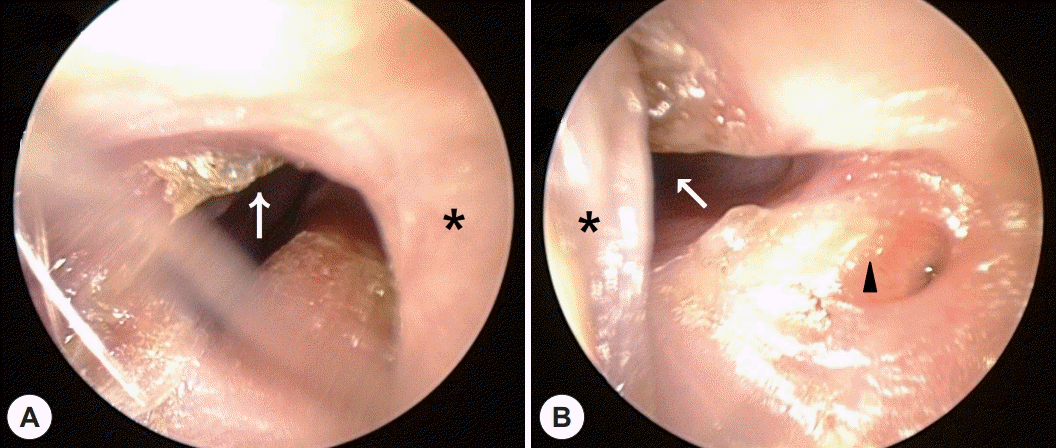





 PDF
PDF Citation
Citation Print
Print



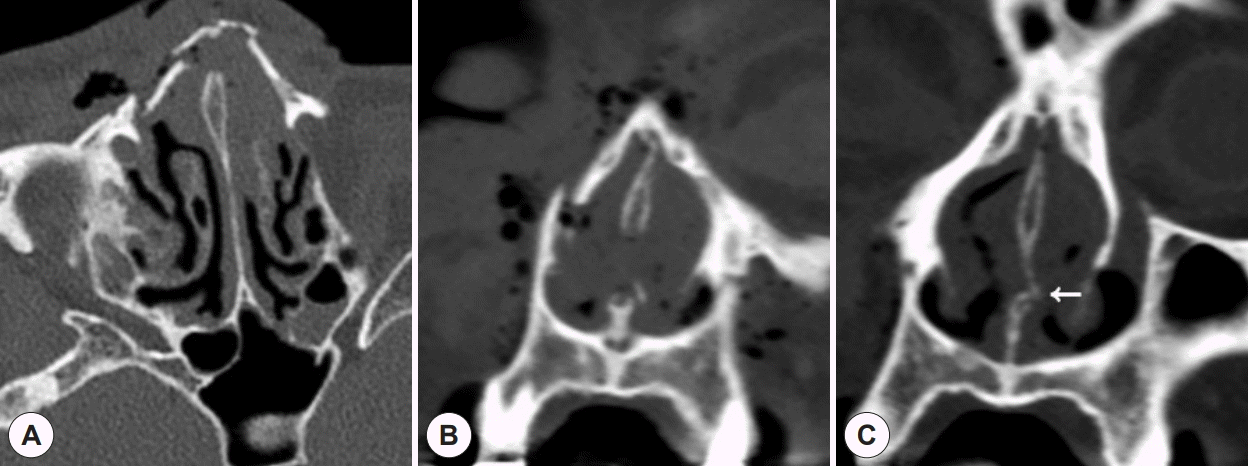
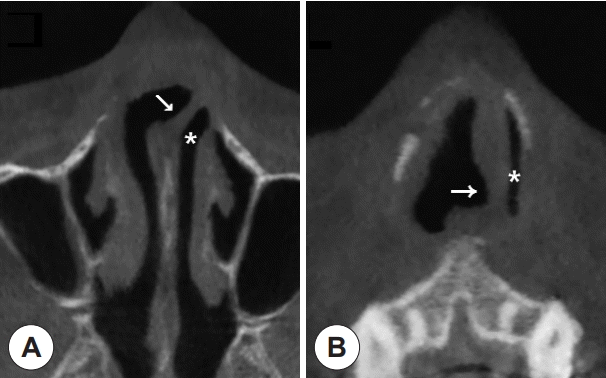
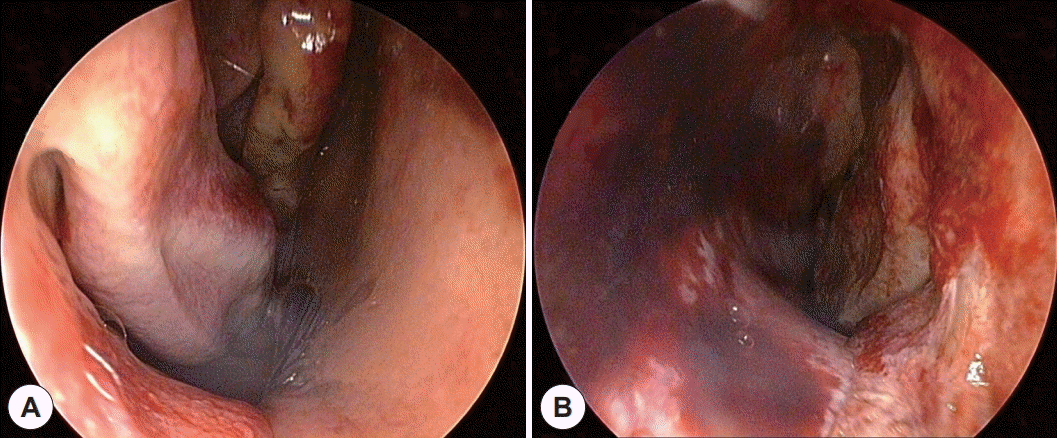
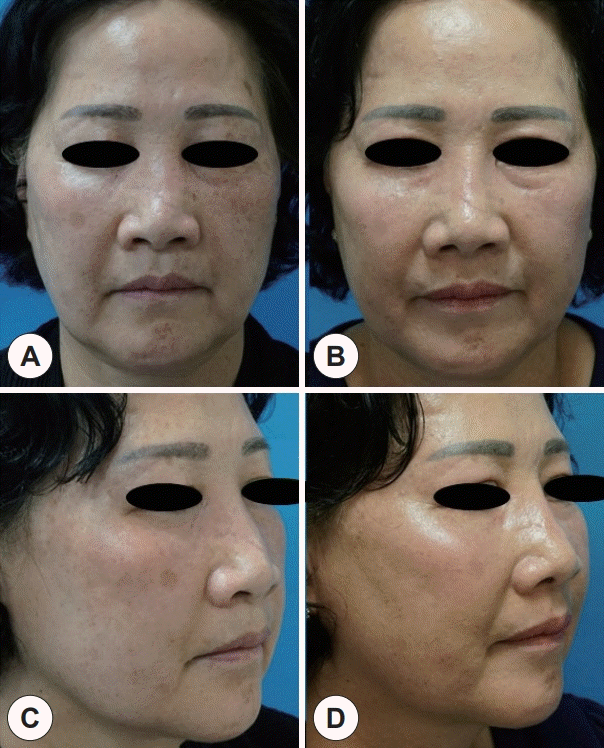
 XML Download
XML Download